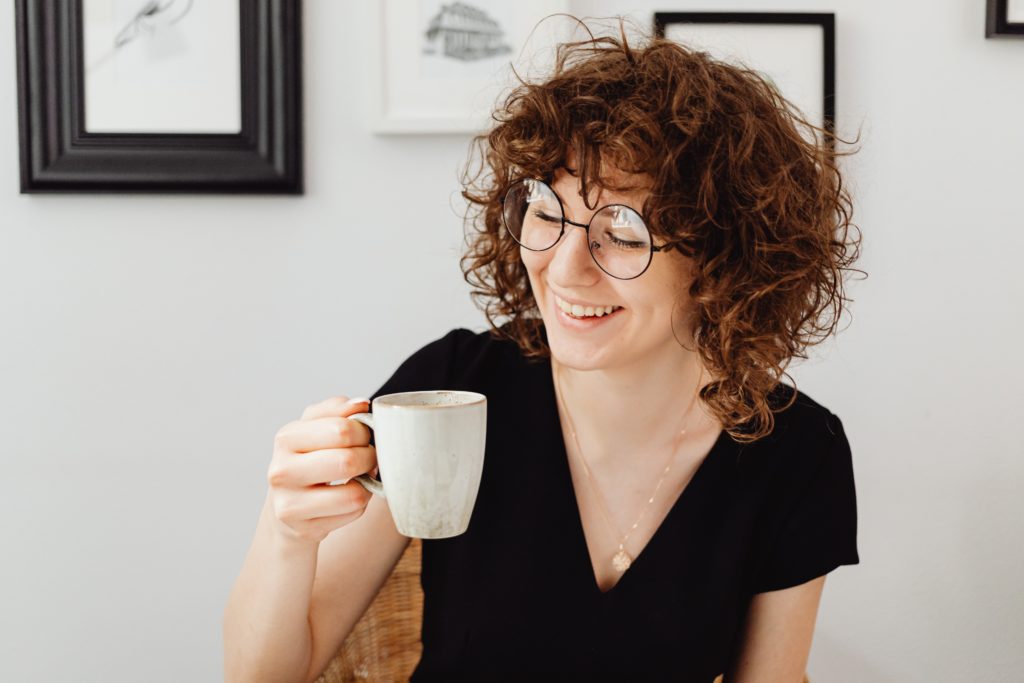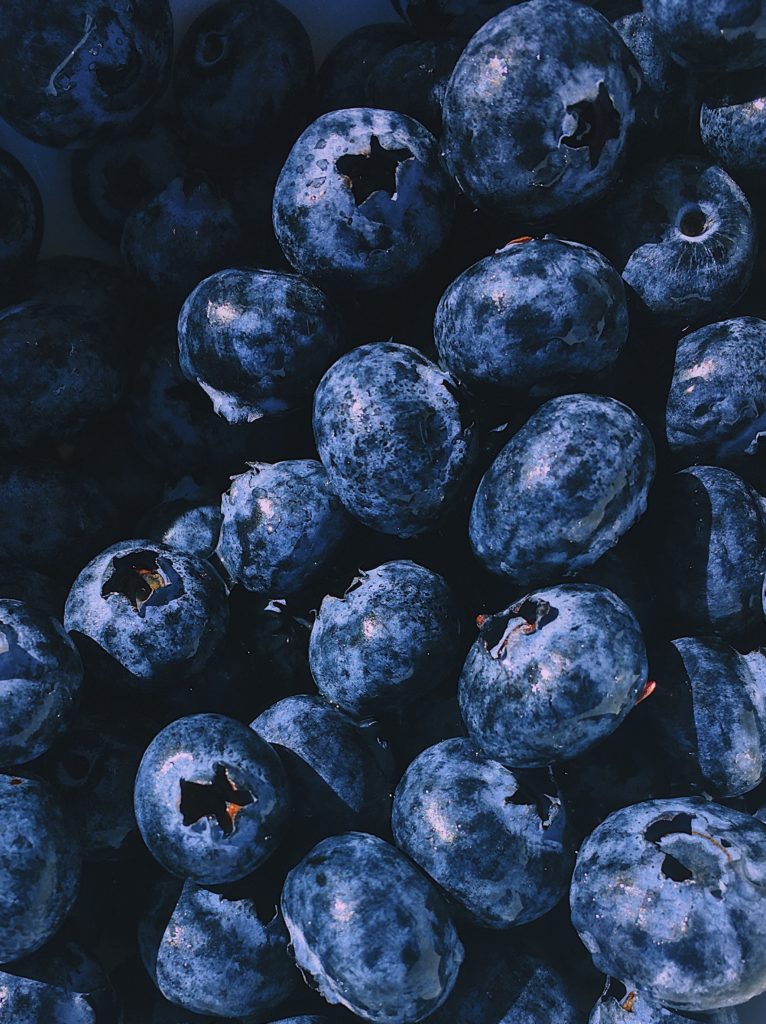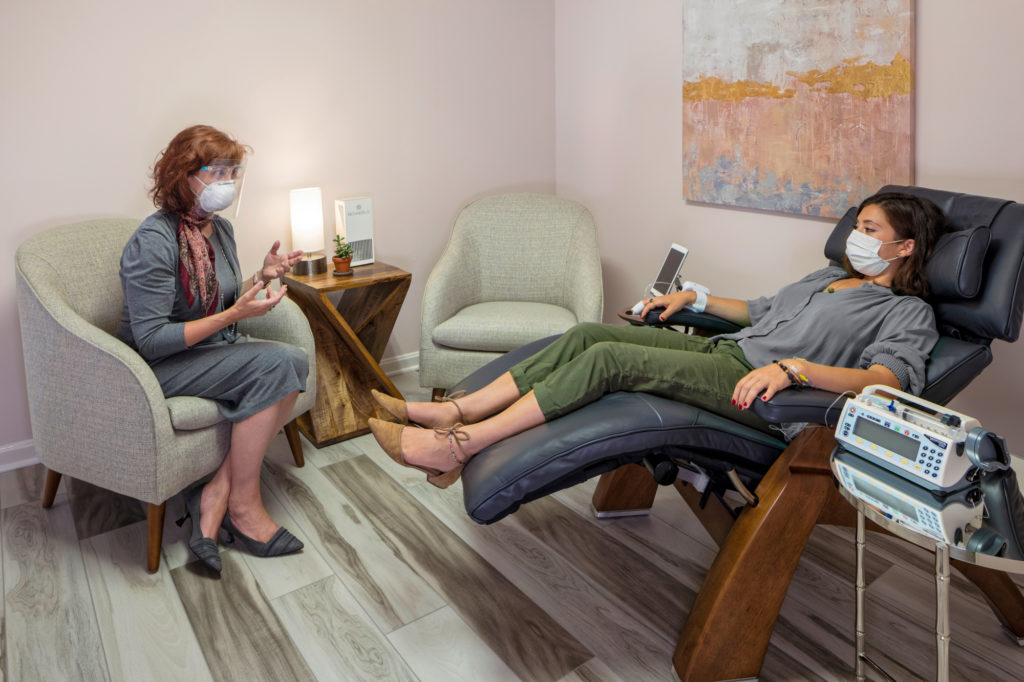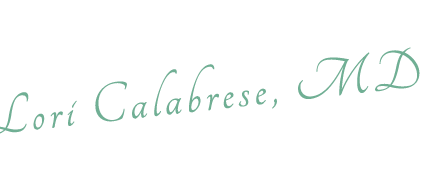Remember brain fog? Let’s talk about the role diet plays in your mental well-being, cognition, and health. We’ve discussed the microbiome, and nutrients that are good for your outlook. But let’s go deeper.

It’s time to talk about flavonoids, since flavonoids impact your vulnerability to serious degenerative brain disorders. Like Alzheimer’s, for instance. Your outlook is important, but avoiding Alzheimer’s is vital. You’ve seen flavonoids in the news (and probably on the cereal box) right..? And you had to wonder about flavonoids: what they are…what they do, are they good or bad..? Let’s talk about them in more general terms today, then next week we can look more closely at the details like how they protect you from neurodegenerative disorders and more.
Bottom Line — You Need ‘Em! Probably more than you’re getting. So let’s dig in.

Flavonoids are natural compounds found in plants. They’re made from phenylalanine, and found predominantly in the green pigments in plants. And they have a long history of medical use in treating a variety of ailments. These compounds dominate therapeutic agents because they’re widely disseminated, incredibly diverse, and easy to isolate.
Researchers who identify and work with flavonoids list over 7000 in medicinal plants, fruits, vegetables, and wines.
Incredible, right?
Flavonoids: What They Are… and Can They Be A Way To WARD OFF Dementia..?
A paper published in 2019 in Frontiers in Aging Neuroscience, by researchers in Chile, Pakistan, Canada, and South Korea, provides a wonderful summary of the sources, chemistry, and importance of flavonoids — not only for improved health, but for protection from debilitating neurological disorders.
Listen up.
You’ve probably seen the word on food labels and in articles about diet and nutrition. But what does this word even mean??

These are naturally occurring compounds that dominate the components in the green pigments of plants. Through the ages, we’ve used them to treat various maladies.
Why? Because flavonoids are also the major building components for various drugs. (They’re used by people who want plants to be their medicine as well as scientists who develop innovative medicines.)
Flavonoids have the ability to bind with various proteins in the body and to modify chemical transporters, enzymes, hormones, DNA… chelate heavy metals and scavenge free radicals. (At this point you should be saying, I want some of that!)
Put another way, they boast strong antioxidant properties.
In addition to all this, recent research determined that ingesting flavonoids as part of your diet significantly improves cognitive capabilities. It can inhibit the neurodegenerative processes that occur with Alzheimer’s disease (AD).
Types of Flavonoids – They’re Extensive
Now, there is a mountain of biochemistry to explain this, but suffice it to say, these little compounds can be life altering in the best sense. In terms of prevention, flavonoid-rich foods like cocoa, green tea, blueberries, citrus fruits, cereals, and red wine, can launch a multitude of beneficial processes for proteins that protect and manage nerve pathways, as well as multiply and strengthen different types of brain and nerve cells. More flavonoid-rich foods include onions, leeks, broccoli, celery, parsley, tomatoes and soy products.

There are so many types of flavonoids that the list is too extensive for us here. But the classifications include isoflavones, neoflavonoids, flavones, flavonoids, flavonones, flavanonols, flavanols, anthocyanidins, chalcones — defined by their chemical structure.
(I really was a Chemistry nerd at Wellesley College!)
But what is pertinent for me now — and for you — is what happens when neurological development goes awry.
What Causes Alzheimer’s disease?
Like in the case of Alzheimer’s disease (AD). Alzheimer’s stands out as a neurodegenerative disorder characterized by gradual, progressive memory loss, cognitive dysfunction, errors and confusion in daily routine activities, and a decrease in intellectual learning. We’re terrified of it. AD affects increasing numbers of adults as they age beyond 65, to 75, 85 and older. Sometimes it starts in people in their 50’s! About 35.6 million people worldwide live with Alzheimer’s today.
But here’s the rub.
We don’t really know what causes Alzheimer’s …yet.
Still?
I knowwww…..
Even so, some important findings have been established — such as deficiency of cholinesterases, deposits of beta-amyloid plaques, hyperphosphorylation of tau proteins, and generation of oxidative stress. They’re all there.
And there are only 5 drugs on the market approved for use in Alzheimer’s. Four of them are cholinesterase inhibitors. The fifth one is a glutamatergic system modifier called memantine.

I get that all this might be a bit much. But what I’m getting to is that there are no effective medicines for Alzheimer’s…. the drugs that are out there can maybe help slow the progression of it.
(But you ask, compared to what? Compared to whom?)
What about this? Since flavonoids are known to block beta-amyloid from forming plaques and tau clustering… since they scavenge free radicals and sequester metal ions… wouldn’t it be a great idea to use flavonoids in the design and development of anti-AD drugs?
Because in addition to those who suffer dementia, people like you and me sometimes just need a little relief from brain fog. Maybe flavonoid rich foods can help with that …?
Why? They not only help get rid of toxins, they also modulate inflammatory actions on neurons.
Huge!
It’s inflammatory factors that create dendritic pruning— the pruning that actually prunes you — and makes you lose energy, interests, enthusiasm, drive, resilience.
We live in concert with our biology, and when our dendrites get pruned, our lives get pruned.
So…what if we incorporated concentrated forms of flavonoids into our diets every day?

At Innovative Psychiatry, we talk to our patients about eating “all the colors” in their diets. The reason is that those rich colors hold treasures for your cognition, balance, focus, and wellbeing. They can also help protect your brain cells from attack by neurodegenerative processes.
If you find that you’ve lost your sense of mental and emotional balance, perhaps due to anxiety or depression, and you’re not feeling in command of your life, call us.
Sometimes you need a boost to achieve a level of remission that empowers you to exercise, eat all your colors, and follow all the other guidelines for wellbeing.
IV ketamine treatment can revitalize your outlook, jumpstart your creativity, and fill in the patience and hope you’ve been needing.
And when you come for treatment, you’ll find a comfy private room with a zero gravity heated leather recliner to help you truly relax and get the most from your infusion. We have space age technology that destroys viruses and bacteria in the air and on our surfaces, to ensure that no matter what the Delta variant is up to, you’re breathing air that is 99.999% safe. (We LOVE that!)
You deserve a jump start on reaching your own remission and joy.
And we’re here to help you experience that fresh footing.
Let’s work together for your fresh start.

To the restoration of your best self,

Articles are truly informative. Thank you for sharing them with us